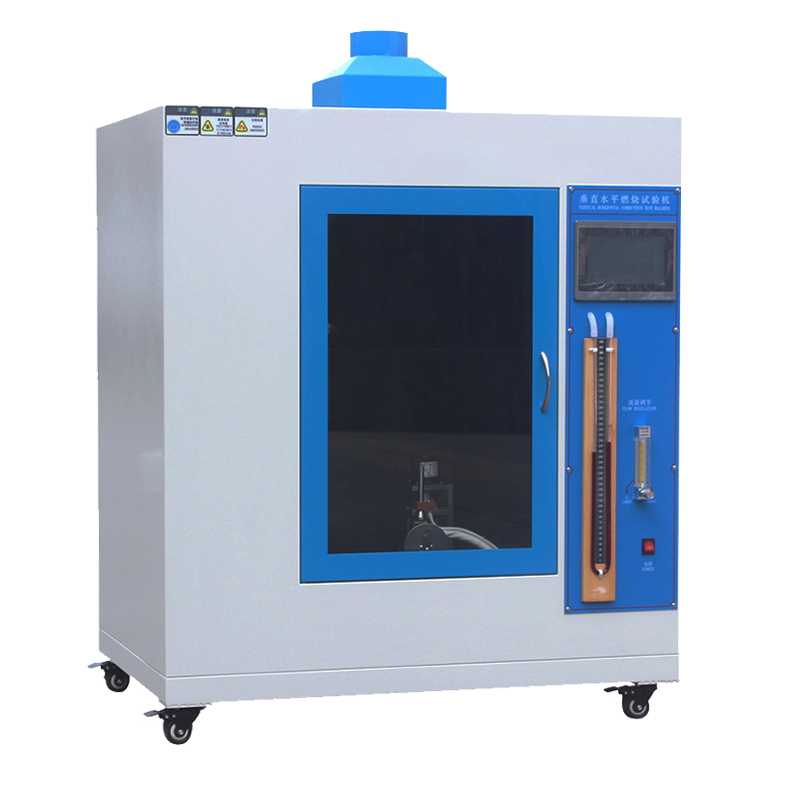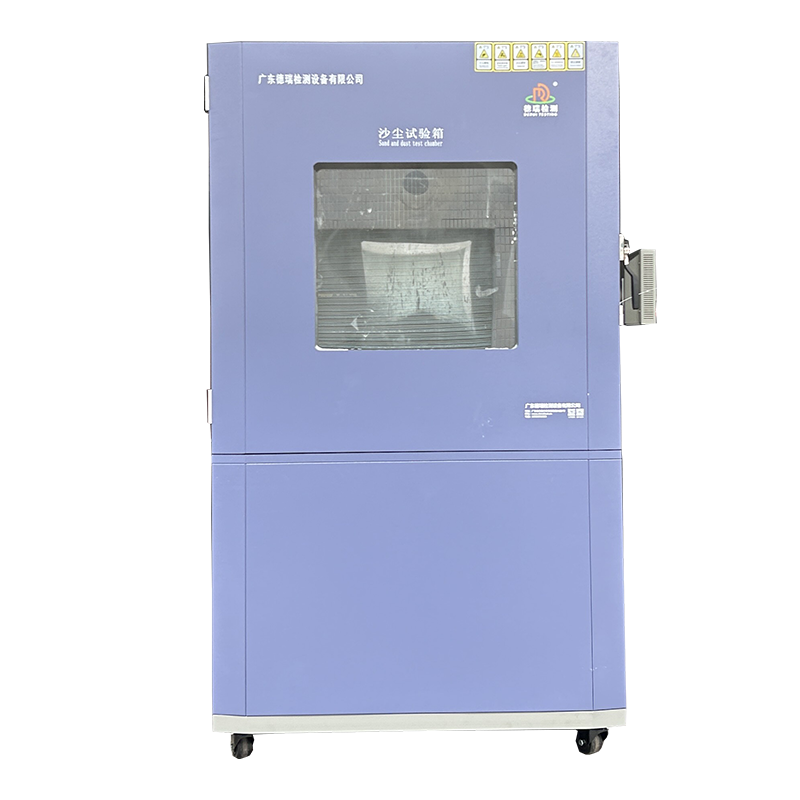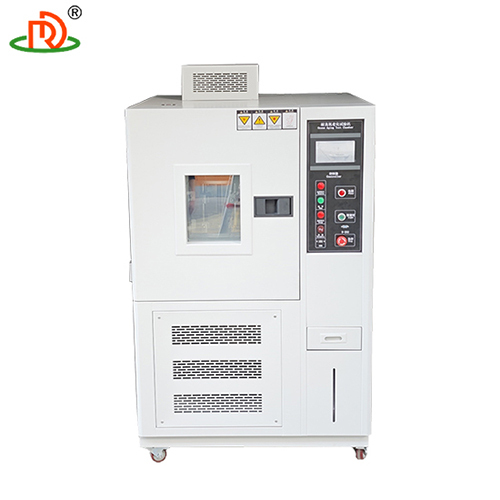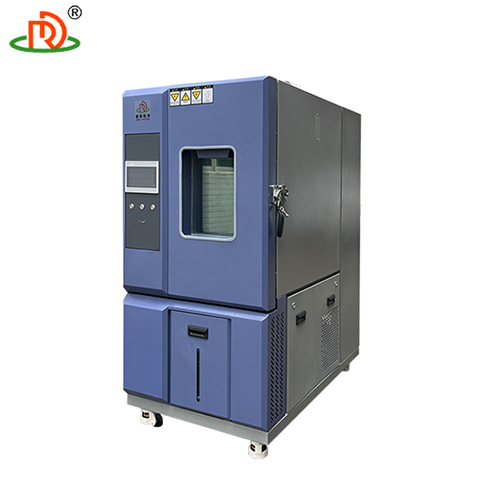Product Description
STANDARD FEATURES
| Burning Chamber Capacity | 0.75m with glass observation door |
| Burning Angle | 20 , 45 , 90 (ie 0 ) adjustable |
| Flame Time | 0 ~ 99 minutes 99 seconds can be set |
| After Flame Time | 0 ~ 99 minutes 99 seconds can be set |
| After Glow Time | 0 ~ 99 minutes 99 seconds can be set |
| Burner Dimensions | The inner diameter of the nozzle is 9.50.3mm, the effective length of the nozzle is 10010mm, and there is an air adjustment hole |
| Combustion Gas | LPG gas (Customize) |
| Flame Height | Adjustable from 20mm to 175mm as standard |
| Features | It is also equipped with lighting device, air extraction device, gas flow regulating valve, gas pressure gauge, gas pressure regulating valve, gas flow meter, gas U-shaped pressure gauge and sample fixture |
| Power | AC 220v 50HZ |
Based on the current wide application of foam in construction, packaging, automotive and other fields, its combustion performance testing has become a core aspect of safety compliance. The following is a comprehensive explanation of the foam combustion tester, combined with the latest industry standards and technological advances:
I. Core functions and test significance of the equipment
Function definition
Foam combustion tester is a special equipment used to evaluate the combustion behavior of foam materials (e.g. polyurethane, EPS, XPS, etc.) under open flame or high temperature, and the main test indexes include:
Burning rate (flame spreading speed, self-extinguishing time)
Smoke generation (optical density, smoke toxic gas concentration)
Drops ignitability (whether the molten material ignites the cotton pad underneath)
Industry Values
Safety compliance: meet the mandatory requirements of building fire codes (e.g., GB 8624-2022, Classification of Combustion Performance of Building Materials), and flame retardant standards for automotive interior materials (GB 8410-2023).
R&D optimization: guide enterprises to improve formulations (e.g., add flame retardants, nano-composite materials) to reduce fire risks.
Operation specification and risk avoidance
Typical test procedure (take UL94 vertical burning as an example)
Pre-treatment: Samples are stored at 23C/50% humidity for 48 hours.
Flame application: Use 20mm blue Bunsen flame (methane purity 98%) to burn the lower end of the sample for 10 seconds.
Determination of results: If the burning time is 10 seconds and there are no drips to ignite the cotton pads, it is determined to be class V-0 [[1][6]].
Common Risks and Countermeasures
Sources of error: Fluctuation of environmental humidity (need to be equipped with constant temperature and humidity test chamber linkage control).
Safety protection: Operators need to wear gas masks (to prevent HCN inhalation), automatic fire extinguishing system for combustion chamber trigger temperature set to 300C [[5]].
Instrument Features
1.HIGH ACCURACY: Adopting high accuracy temperature, oxygen concentration and smoke density sensors to ensure the accuracy of the test results.
2.High degree of automation: the instrument is usually equipped with automatic ignition, automatic loading, automatic timing, automatic stop and other functions, easy to operate.
3.High safety: Equipped with multiple safety protection devices, such as flame monitor, overheating protector, emergency stop button, etc., to ensure safe operation.
4.Strong data processing ability: built-in microprocessor, it can automatically carry out data processing and result calculation, and can be connected to computer for data storage and analysis.
5.Compliance with international standards: the instrument is designed to comply with international and national standards, such as ISO, UL, GB, ASTM, etc., to ensure that the test results are authoritative and comparable.
Application areas
1.Construction industry: used for the combustion performance test of building insulation materials, sound insulation materials, such as polyurethane foam, polystyrene foam, etc..
2.Furniture industry: used for furniture filling materials, combustion performance test of decorative materials, such as sponge foam, memory foam, etc..
3.Transportation: for combustion performance testing of foam for automotive interiors, aerospace materials, etc.
4.Electronic and electrical appliances: used for combustion performance testing of foam packaging materials for electronic equipment and electrical products.
5.Scientific research institutions: for the research and development of new materials, new foam and combustion performance evaluation.










 English
English Spanish
Spanish French
French German
German Italian
Italian Chinese (Simplified)
Chinese (Simplified) Japanese
Japanese Korean
Korean Arabic
Arabic Portuguese
Portuguese